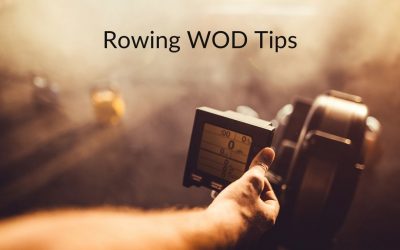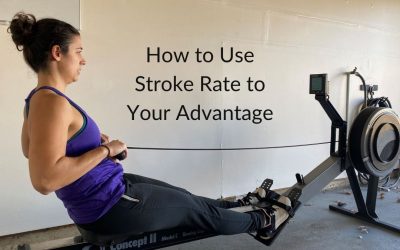Single-Leg Rowing Drill
This drill for indoor rowing is just as the name implies. You take one foot out of the foot stretchers and only row with one leg. The leg that isn’t rowing hangs out on the side while you row.
I don’t recommend trying this one in a boat at all. There’s really no place to put your other foot that’s not in the water!
In the rowing stroke, the legs account for 60% of the power. Take one leg out, and you’ve lost 30%! You’ll feel that difference. Single-leg rowing will allow you to feel and focus on what muscles you are using in the leg you are rowing with.
Take the time to focus on driving through your heel on the drive and take in what that feels like. You should feel your muscles engage under your butt too. It will feel heavy, but that is on purpose. You’ll be able to feel it much more than you would using both legs.
Switch legs and do the same thing. Row with the correct technique and focus on what driving correctly feels like in your legs.
Once you start rowing with both legs again, look for that same feeling of driving those heels down. Remember what you felt during the drill, and replicate it in your stroke while using both legs
Here is a short video on single-leg rowing:
How to Improve Your Rowing for WODs
Workouts can take all shapes and sizes. You can go years without repeating a workout that doesn’t have its own name. Sometimes there’s rowing, sometimes there’s not. Most athletes want to get through the rowing portion to get on with the other part of the workout....
How to Use Stroke Rate to Your Advantage
Whether you row in your garage or in a gym, there’s a number on that monitor that you should be paying attention to. And that’s your stroke rate! Most people are only concerned about the split that they are pulling. While that number is very important, it shouldn’t be...
Everything to Know About the Catch Position
There’s a lot that goes into having a good catch position on the rowing machine. A good catch allows you to start your stroke off right and sets you up for success each and every stroke you take. Here is a picture of a good catch position: Here are the big things...



